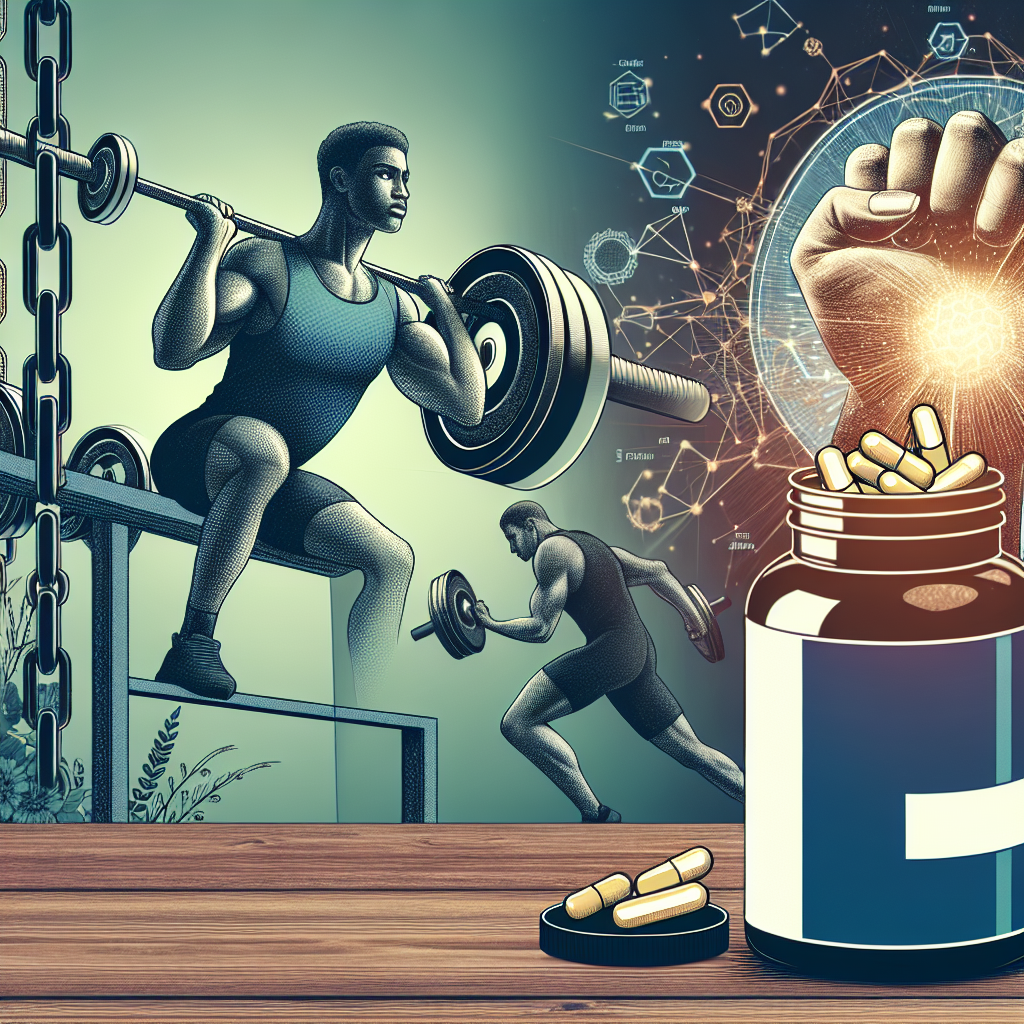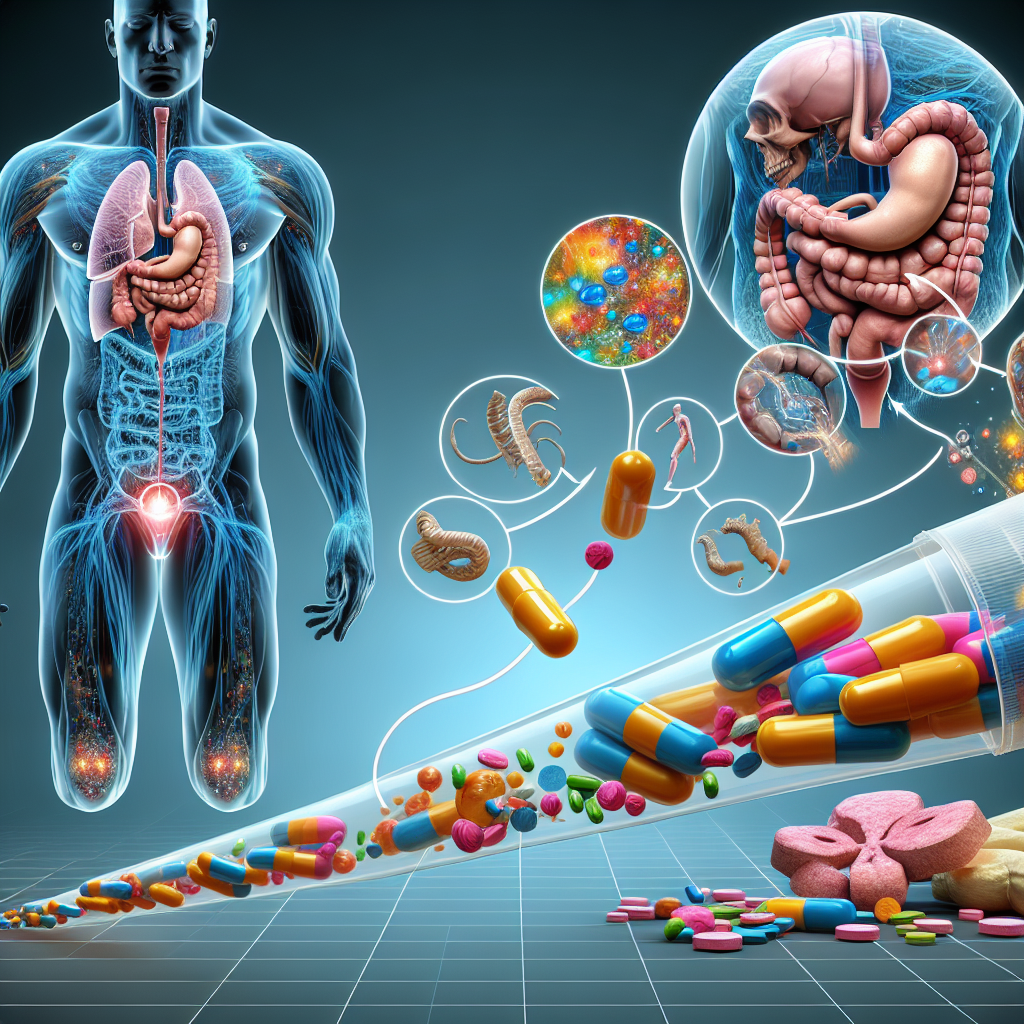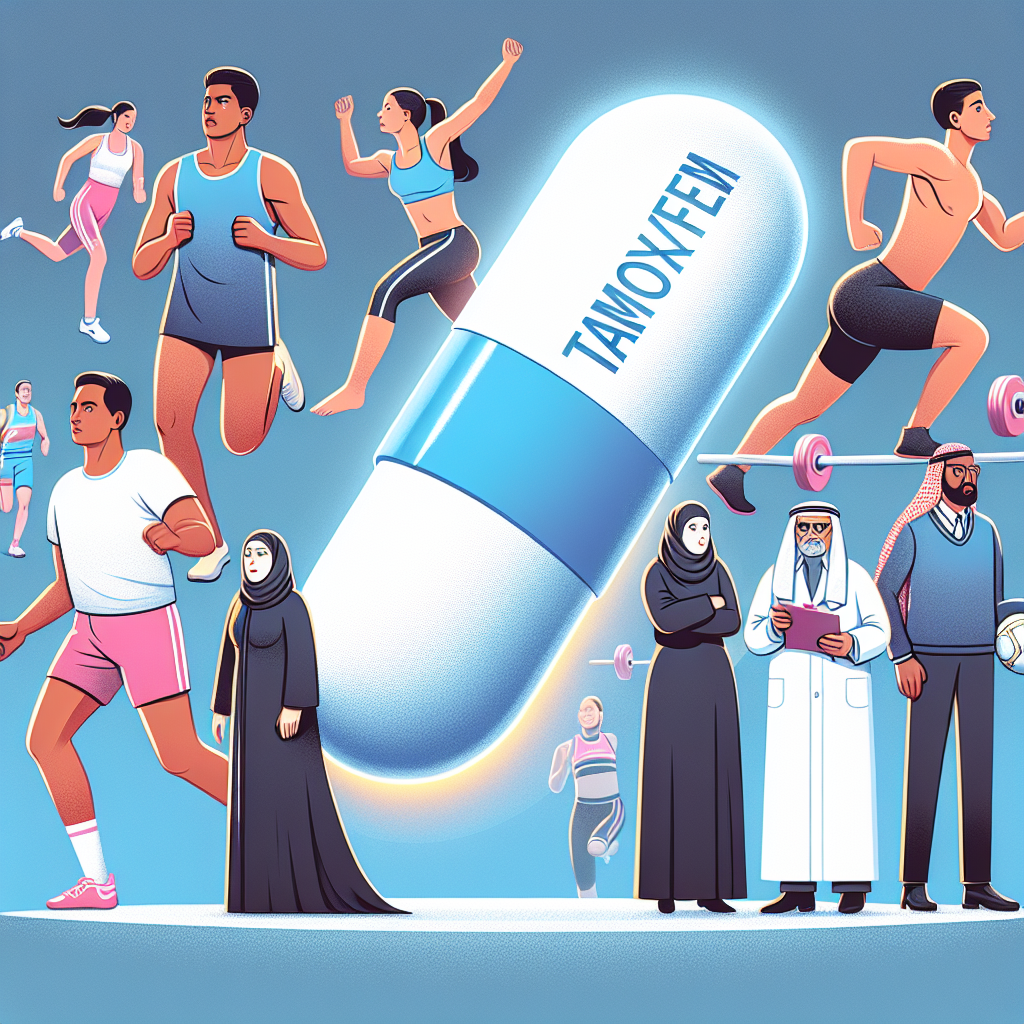-
Table of Contents
Unlocking Peak Physical Form with Methandienone Tablets
In the world of sports, achieving peak physical form is the ultimate goal for athletes. It requires a combination of intense training, proper nutrition, and sometimes, the use of performance-enhancing substances. One such substance that has gained popularity among athletes is methandienone tablets, also known as Dianabol. This oral anabolic steroid has been used for decades to help athletes reach their peak performance. In this article, we will explore the pharmacokinetics and pharmacodynamics of methandienone tablets and how it can unlock peak physical form for athletes.
The Pharmacokinetics of Methandienone Tablets
Methandienone tablets are a synthetic derivative of testosterone, the primary male sex hormone. It was first developed in the 1950s by Dr. John Ziegler and was initially used to treat hypogonadism, a condition where the body does not produce enough testosterone. However, it was soon discovered that methandienone had significant anabolic effects, making it a popular choice among bodybuilders and athletes.
When taken orally, methandienone is rapidly absorbed into the bloodstream and reaches peak levels within 1-2 hours. It has a half-life of 3-6 hours, meaning it stays in the body for a relatively short amount of time. This short half-life is one of the reasons why methandienone is often taken in multiple doses throughout the day to maintain stable blood levels.
Once in the bloodstream, methandienone binds to androgen receptors in various tissues, including muscle, bone, and fat. This binding triggers a cascade of events that ultimately leads to increased protein synthesis, muscle growth, and strength. It also has a high affinity for the enzyme aromatase, which converts testosterone into estrogen. This can lead to estrogenic side effects such as water retention and gynecomastia (enlarged breast tissue) in some individuals.
The Pharmacodynamics of Methandienone Tablets
The anabolic effects of methandienone tablets are well-documented in scientific literature. Studies have shown that it can increase muscle mass and strength by up to 20% in just a few weeks (Hervey et al. 1976). This is due to its ability to stimulate protein synthesis and inhibit protein breakdown, leading to a positive nitrogen balance in the body. Nitrogen is an essential component of muscle tissue, and a positive balance means the body is in an anabolic state, promoting muscle growth.
Methandienone also has a significant impact on glycogenolysis, the process of breaking down glycogen (stored glucose) into glucose for energy. This results in increased energy levels and endurance, allowing athletes to train harder and longer. It also has a mild anti-inflammatory effect, which can help athletes recover faster from intense workouts and injuries.
However, like all anabolic steroids, methandienone tablets also have androgenic effects, which are responsible for the development of male characteristics such as facial hair, deepening of the voice, and increased aggression. These effects can be beneficial for athletes looking to improve their performance, but they can also lead to unwanted side effects in some individuals.
Real-World Examples
The use of methandienone tablets in sports is not a new phenomenon. In fact, it has been used by many famous athletes over the years to enhance their performance. One such example is Arnold Schwarzenegger, who openly admitted to using methandienone during his bodybuilding career. He even mentioned it in his autobiography, “Total Recall: My Unbelievably True Life Story,” stating that it helped him gain muscle mass and strength quickly.
Another example is the East German Olympic team in the 1970s and 1980s, who were known for their widespread use of performance-enhancing drugs, including methandienone. This led to their dominance in many sports, including swimming and track and field, but also resulted in numerous doping scandals and health issues for the athletes.
Expert Opinion
As with any performance-enhancing substance, the use of methandienone tablets comes with risks and potential side effects. It is essential for athletes to understand the potential consequences and use it responsibly under the guidance of a healthcare professional. Dr. John Ziegler, the creator of methandienone, once said, “If you can’t win without it, don’t do it.” This statement still holds true today, and athletes should prioritize their health and well-being above their desire to win.
However, when used correctly, methandienone tablets can be a valuable tool for athletes looking to reach their peak physical form. It can help them train harder, recover faster, and ultimately, perform better. But it should never be seen as a shortcut or a substitute for hard work and dedication.
References
Hervey GR, Knibbs AV, Burkinshaw L, Morgan DB, Jones PR, Chettle DR, Vartsky D, Goldberg L. (1976). Effects of methandienone on the performance and body composition of men undergoing athletic training. Clinical Science and Molecular Medicine, 51(4), 457-461.
Schwarzenegger, A. (2012). Total Recall: My Unbelievably True Life Story. Simon & Schuster.
Ziegler, J. (1965). Anabolic steroids. Medical Clinics of North America, 49(4), 933-947.






